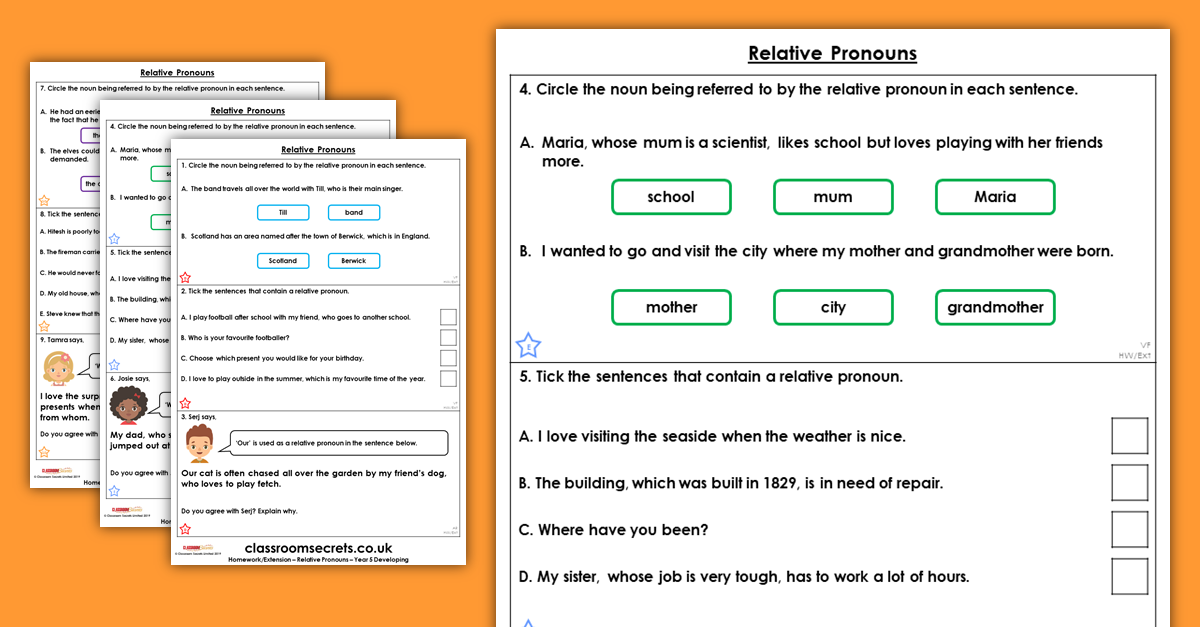Are you ready to find 'clauses homework ks2'? Here you can find questions and answers on the topic.
Table of contents
- Clauses homework ks2 in 2021
- Subordinate clause worksheet pdf ks2
- Main and subordinate clauses ks2 ppt
- Spot the subordinate clause
- Relative and subordinate clauses ks2 worksheet
- Identifying main and subordinate clauses
- Subordinate clause examples
- Main and subordinate clauses worksheet with answers pdf
Clauses homework ks2 in 2021
 This image shows clauses homework ks2.
This image shows clauses homework ks2.
Subordinate clause worksheet pdf ks2
 This picture illustrates Subordinate clause worksheet pdf ks2.
This picture illustrates Subordinate clause worksheet pdf ks2.
Main and subordinate clauses ks2 ppt
 This picture illustrates Main and subordinate clauses ks2 ppt.
This picture illustrates Main and subordinate clauses ks2 ppt.
Spot the subordinate clause
 This picture representes Spot the subordinate clause.
This picture representes Spot the subordinate clause.
Relative and subordinate clauses ks2 worksheet
 This picture illustrates Relative and subordinate clauses ks2 worksheet.
This picture illustrates Relative and subordinate clauses ks2 worksheet.
Identifying main and subordinate clauses
 This picture shows Identifying main and subordinate clauses.
This picture shows Identifying main and subordinate clauses.
Subordinate clause examples
 This image demonstrates Subordinate clause examples.
This image demonstrates Subordinate clause examples.
Main and subordinate clauses worksheet with answers pdf
 This picture demonstrates Main and subordinate clauses worksheet with answers pdf.
This picture demonstrates Main and subordinate clauses worksheet with answers pdf.
When to use a relative clause in English?
Learn about relative clauses with this video from Bitesize KS2 English. A relative clause can be used to give additional information about a noun. They are introduced by a relative pronoun like 'that', 'which', 'who', 'whose', 'where' and 'when'. For example: I won’t stand by the man who smells of slime.
When to use COMMAS to separate clauses in a sentence?
When a phrase such as 'not altogether unsurprisingly' is used to add extra information, it needs a pair of commas to separate it from the main clause. 3. Find the clause in the sentence.
When do you use a clause in a sentence?
Remember, a clause could make a complete sentence on its own. The dog, not altogether unsurprisingly, hates having a bath. Often clauses are interrupted by phrases. When a phrase such as 'not altogether unsurprisingly' is used to add extra information, it needs a pair of commas to separate it from the main clause.
Last Update: Oct 2021